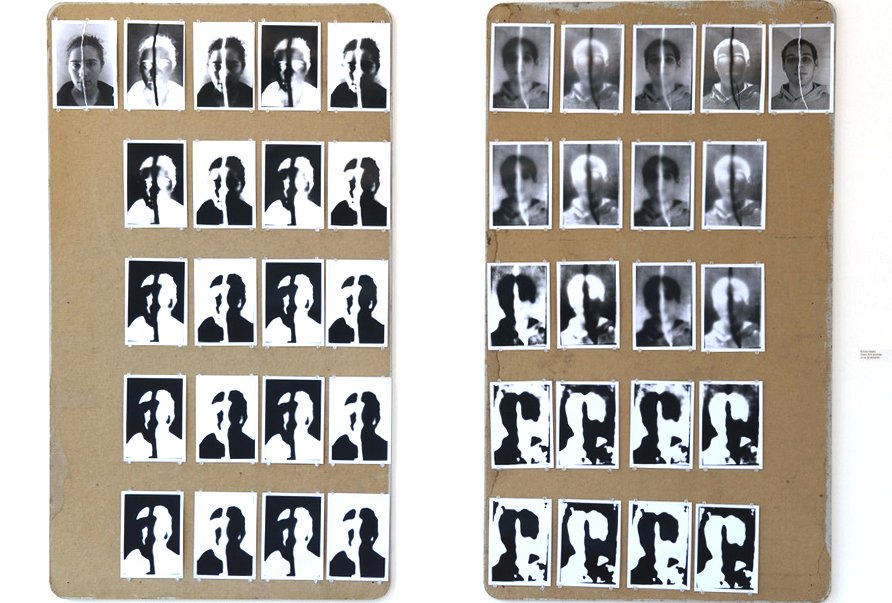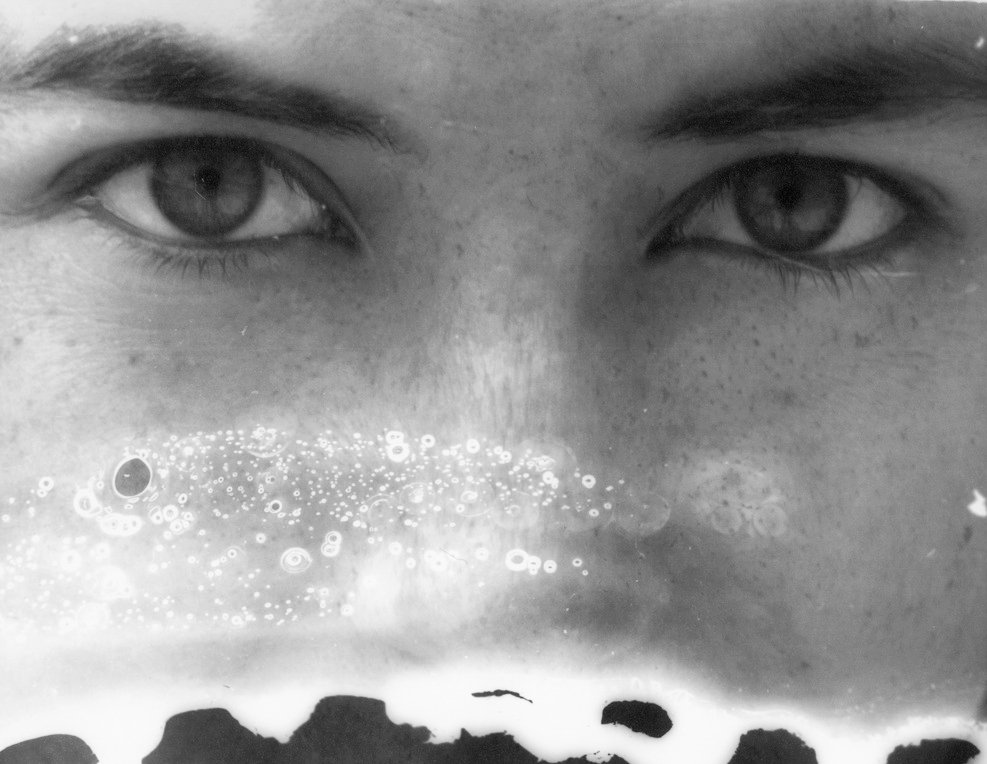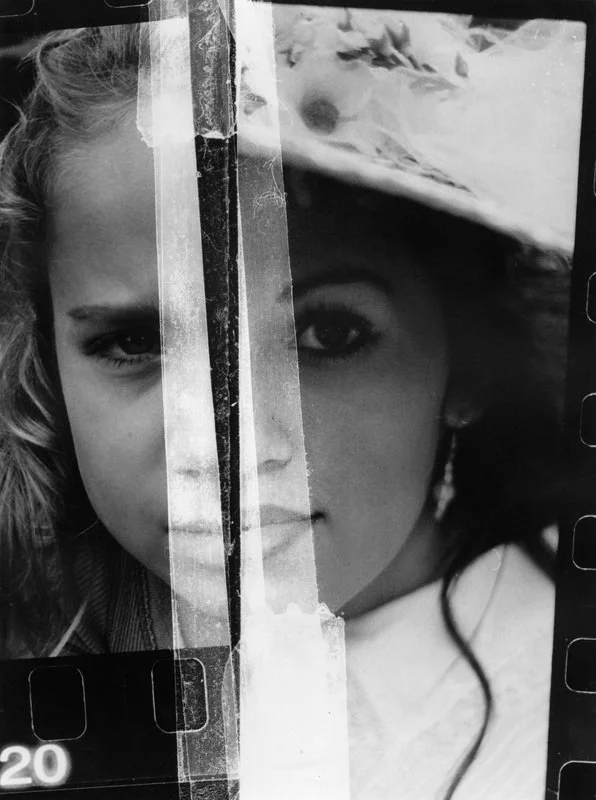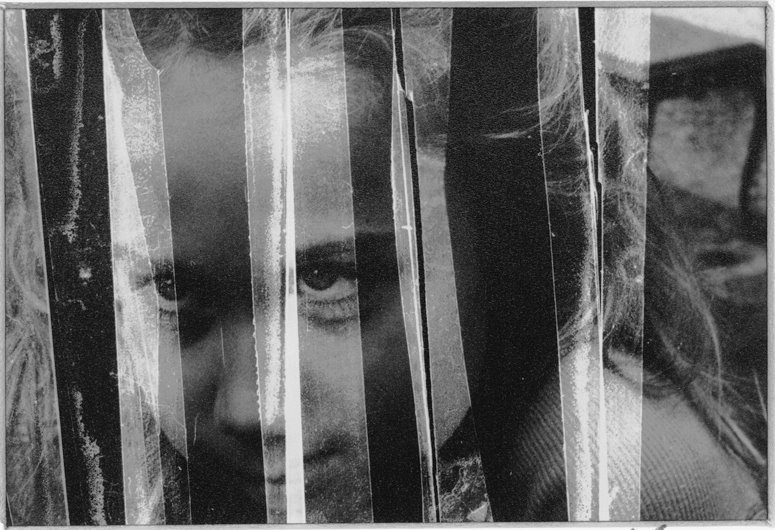
Faces
Faces
A face is what makes someone unique and recognizable. It’s something we all have, but very few look exactly the same. Faces have been climbing their way into my work since some of my first projects. I was originally inspired to focus on faces in 2010 after being introduced to the artist Sally Mann, a photographer that captured her family and surrounding landscapes using old photography techniques. The series of Sally Mann’s that stuck with me the most, were her Faces. I originally used alternative film techniques to capture the faces of my friends and family. After being introduced to glass and sculpture, my need to capture faces did not fade. Since 2015 I have casted nearly 50 unique faces. Whether it is to capture emotion, understand family features or just capturing the beauty of the faces around me, I always seem to come back to our most recognizable feature, the face.
To see how these works come to life press the “Process” link below-
This piece was one of two artworks I made during the Covid lockdown of 2020. Rotting Away; not every day felt like this in the lockdown, but I think it is something everyone around the world felt in one way or another during our time stuck inside. For me and the rest of Portugal it was three months. Sometimes it felt like three months of freedom, but other times, it felt like three months of Rotting Away.
This piece was made using a glass casting technique called Pate de verre.
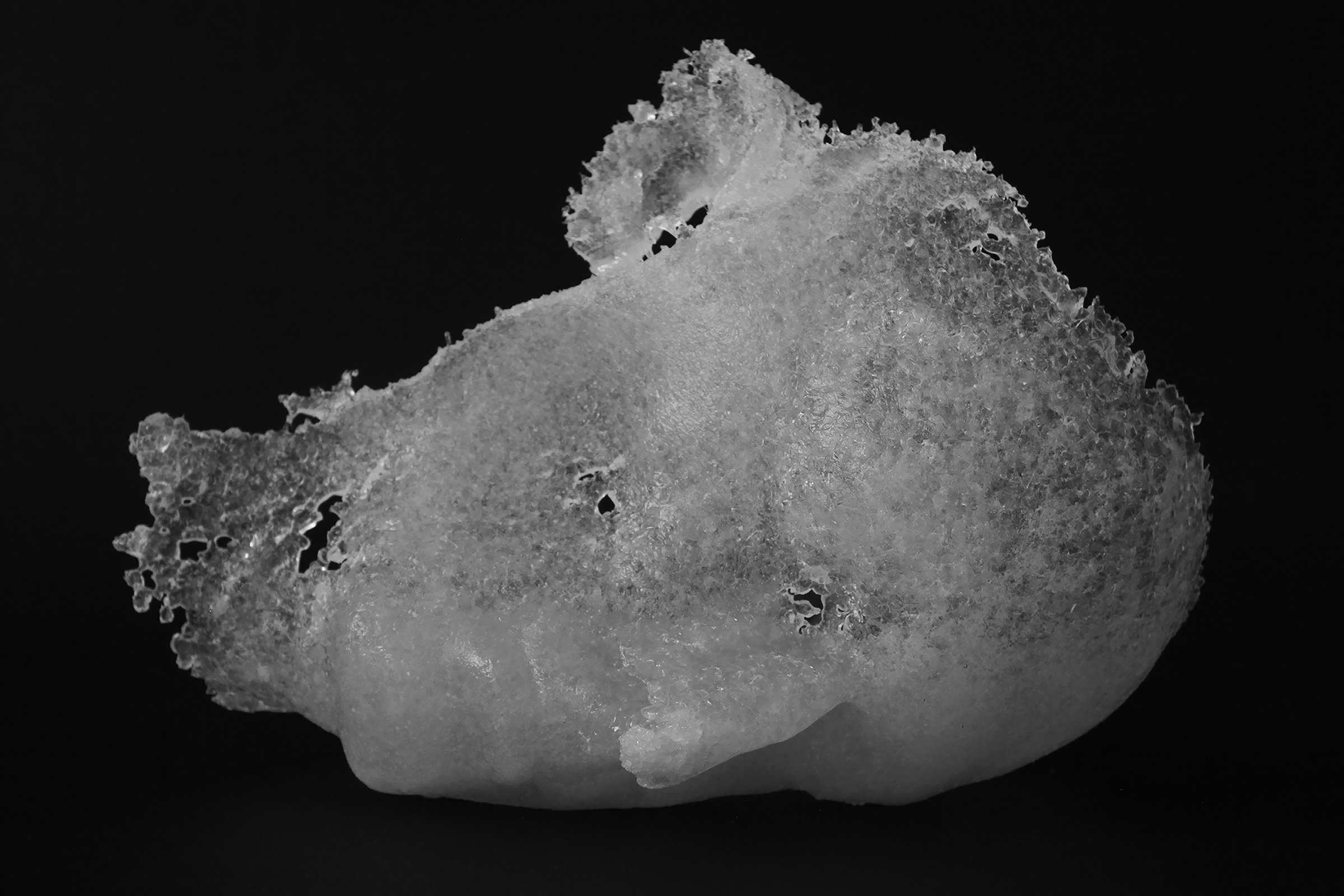

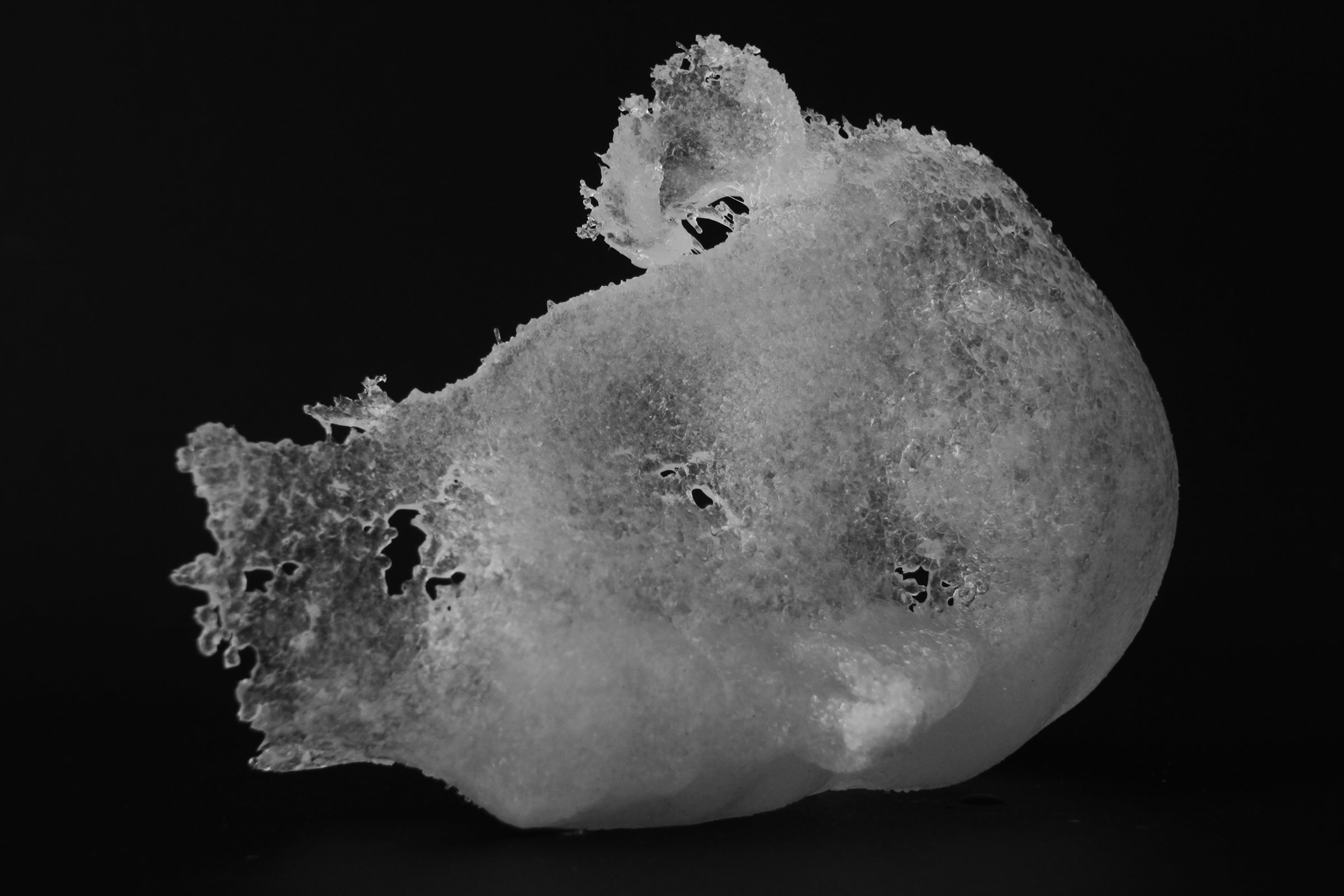

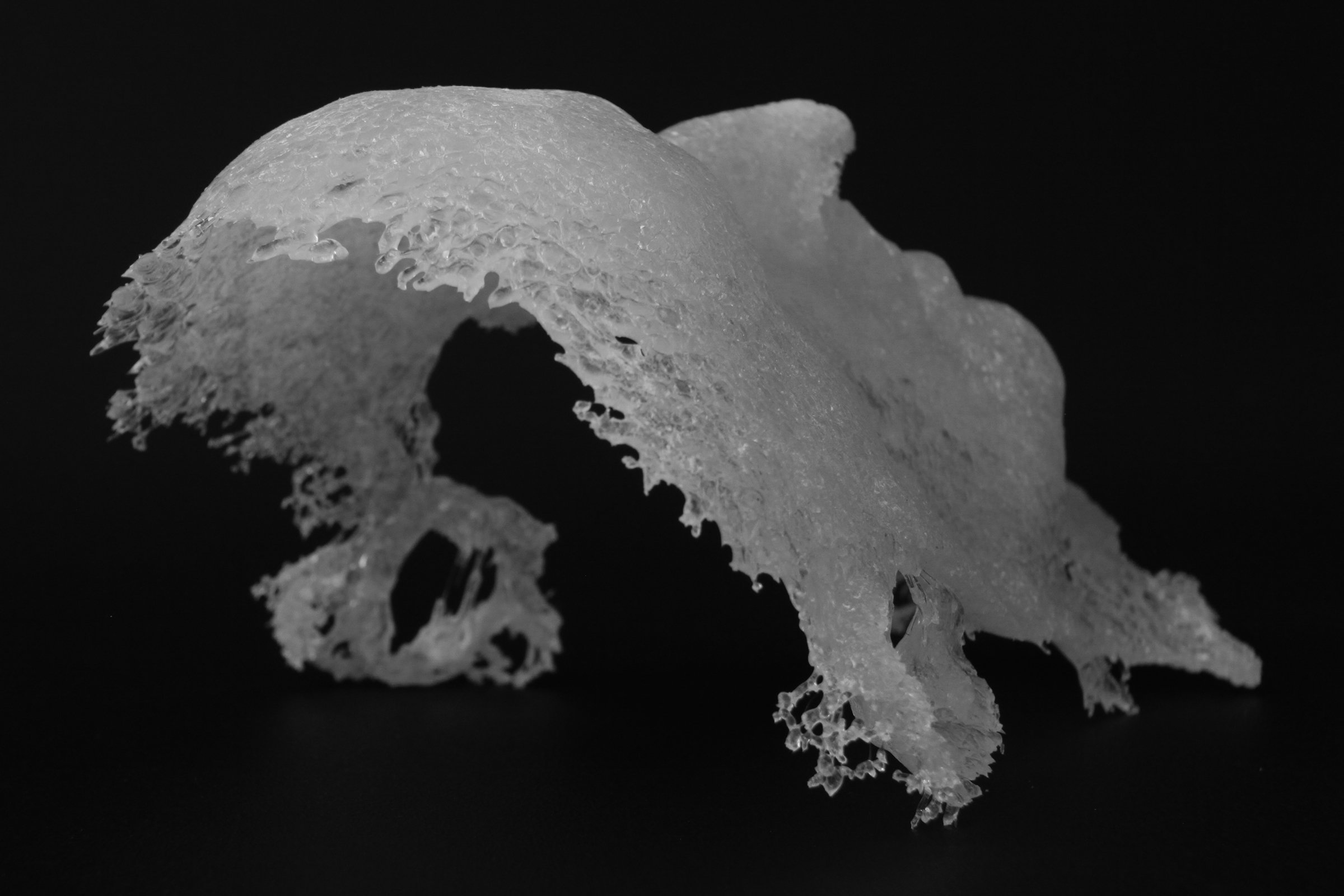

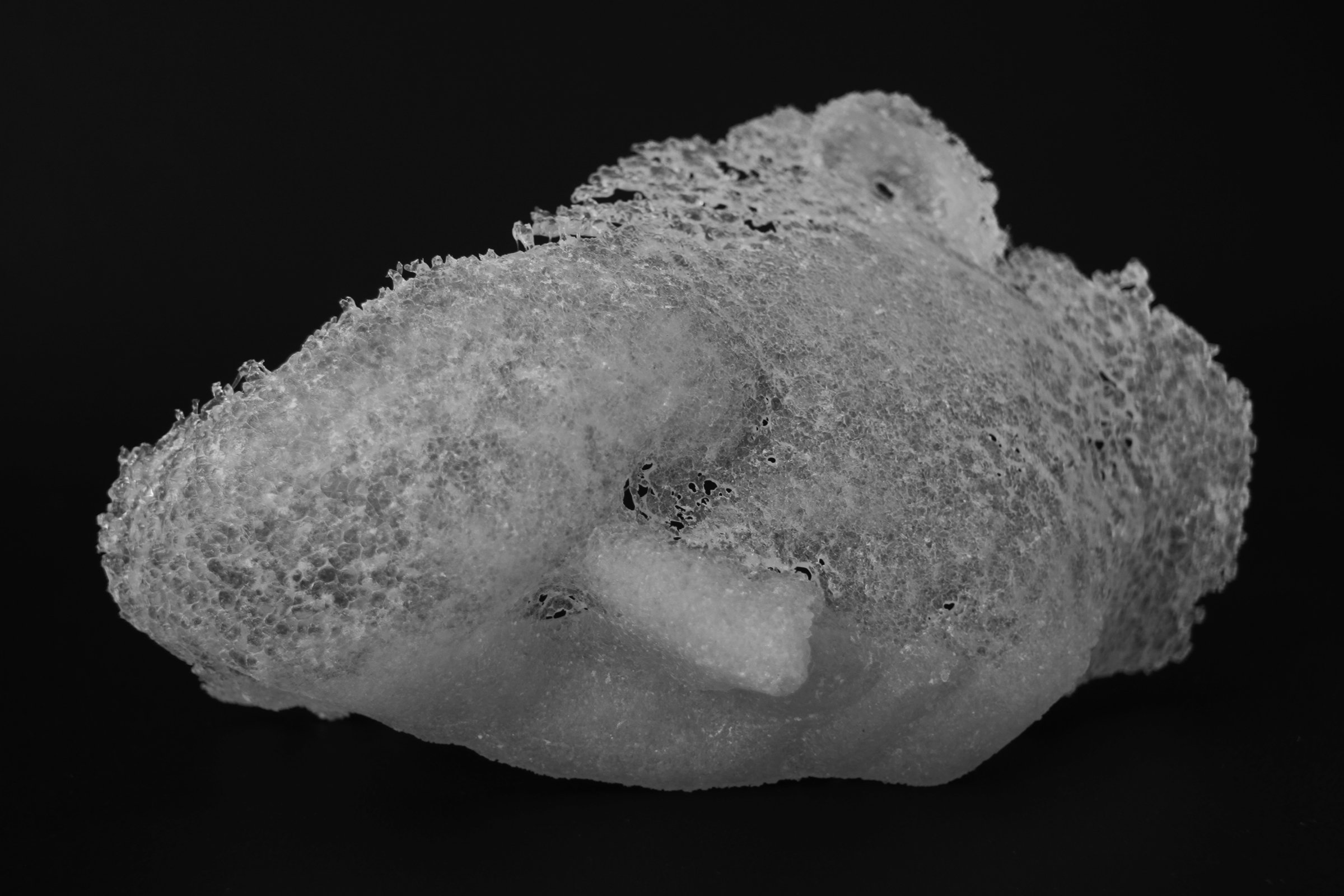

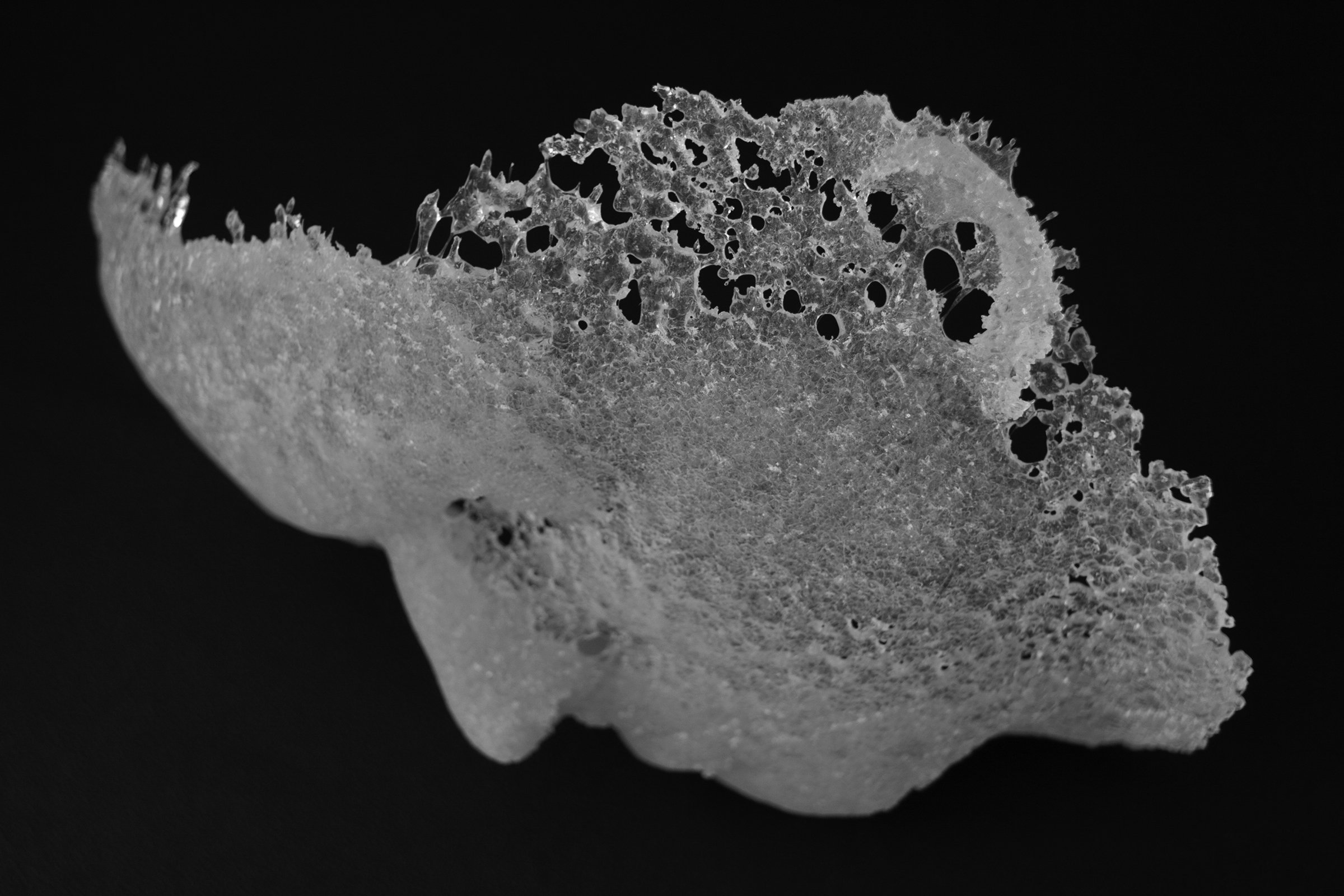



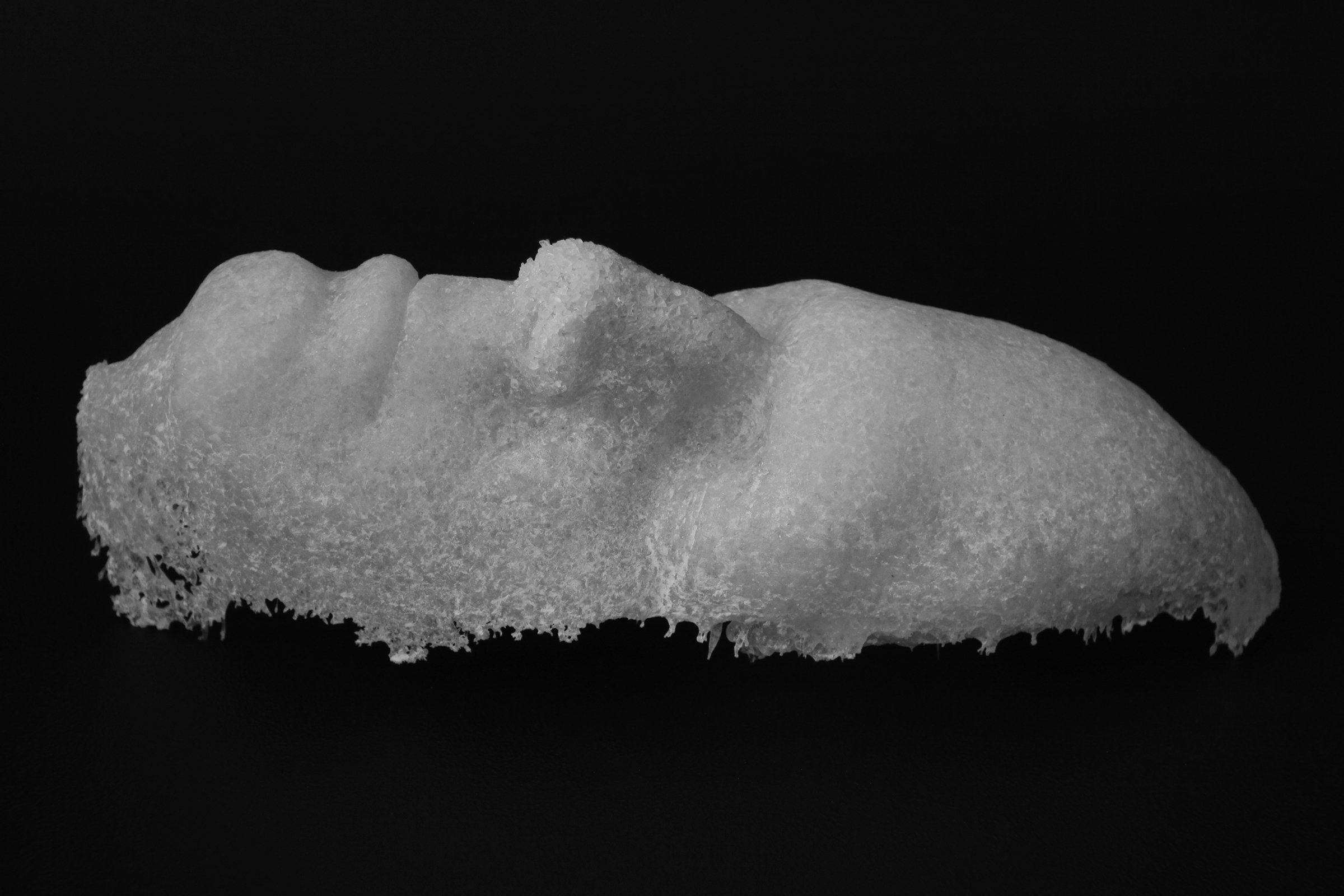

-
This is the first piece that kept me occupied during the 2020 Covid lockdown. Europe had begun to shut down, and Portugal was next on the list of countries to do so. The day before the lock down was announced, I had decided the best thing for me to have at my disposal was art supplies and materials. I couldn’t take everything, I had to choose my materials wisely. I chose to take a gallon of plaster, some skin safe rubber, half a bag of clay, about 3 clay working tools, a spool of copper and a respirator, that was all that could fit in my backpack. I had no idea what it was for at the time.
Making art was hard at the beginning of the lockdown. Everything was hard. I had just moved into a house with 10 complete strangers. At first we all got along, but it didn’t take long for the house to become a dramatic reality show. I needed distraction, I needed art, and this house of strangers was my inspiration. I gathered some volunteers from the house and cast half of each of their faces and set out to make a piece that not only would distract me from the chaos, but truly describe the feeling of being stuck with people you do not get along with.
Materials: Plaster, Copper Wire
Click hereto see the process of casting faces

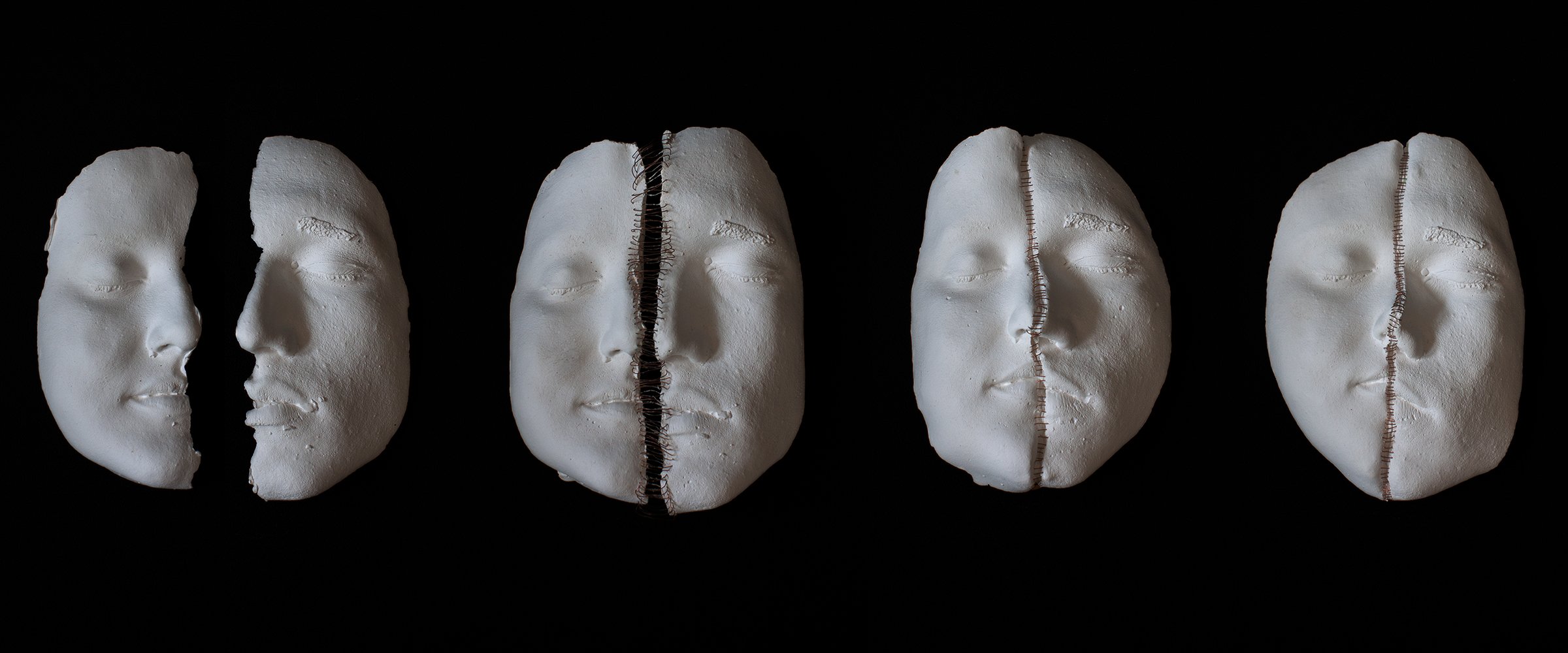
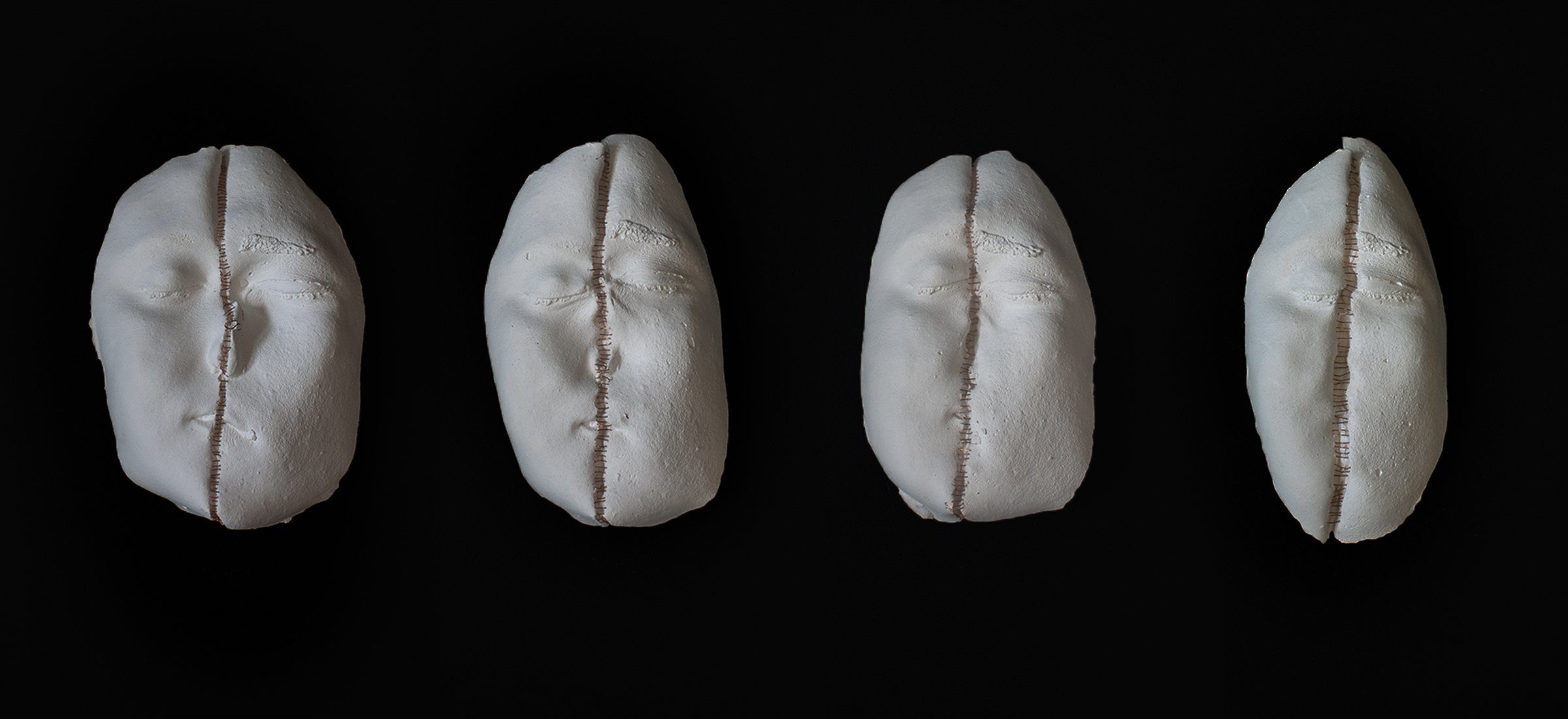



-
How do we identify family? Family can be described through love, marriage and resemblance. This piece examines facial similarities resulting from genetics. I have taken the face, the most recognizable part of the body, and analyzed it next to the faces of 29 other relatives. Doing this allows the opportunity to compare our facial topographies. After identifying similar features, masks were made to hide them. Concealing these similarities questions how we recognize family if we no longer look alike.
This piece takes a look at our genetic makeup on a very basic level, identifying features on a single part of our body, a single expression of the face, from a single perspective. Through the process of making this piece I have been able to reconnect with all of these family members, allowing me to analyze other similarities we may share, like mannerisms, speech, and other physical resemblances. Interacting with family influences how I see myself within my family. What do I specifically have in common with them? How do I interact with them? Do I follow in anyone's footsteps? Relating myself to my family and seeing where I stand is a result of this piece that was not intended, however as my progress developed it became the personal focus to my piece.
I was awarded a Research Grant from The Ohio State University to complete this 2 year long project. Me and my brother, Alex Haase, traveled across the United States to cast as many family members as possible. This trip included traveling to Ohio, Michigan, Kentucky, Indiana, Kansas and Colorado. Alex not only acted as my assistant, but also filmed the entire process along the way. This was the first time my process was captured on film, it captivated and inspired me to continue filming my process. To see the video and more about the process of making this piece, click Here. To see more of Alex’s video work, click Here.
This piece is now hanging in the Columbus Convention Center in Columbus, Ohio as part of the permanent collection. To visit this piece in person go to the Columbus Convention Center's website linked to the right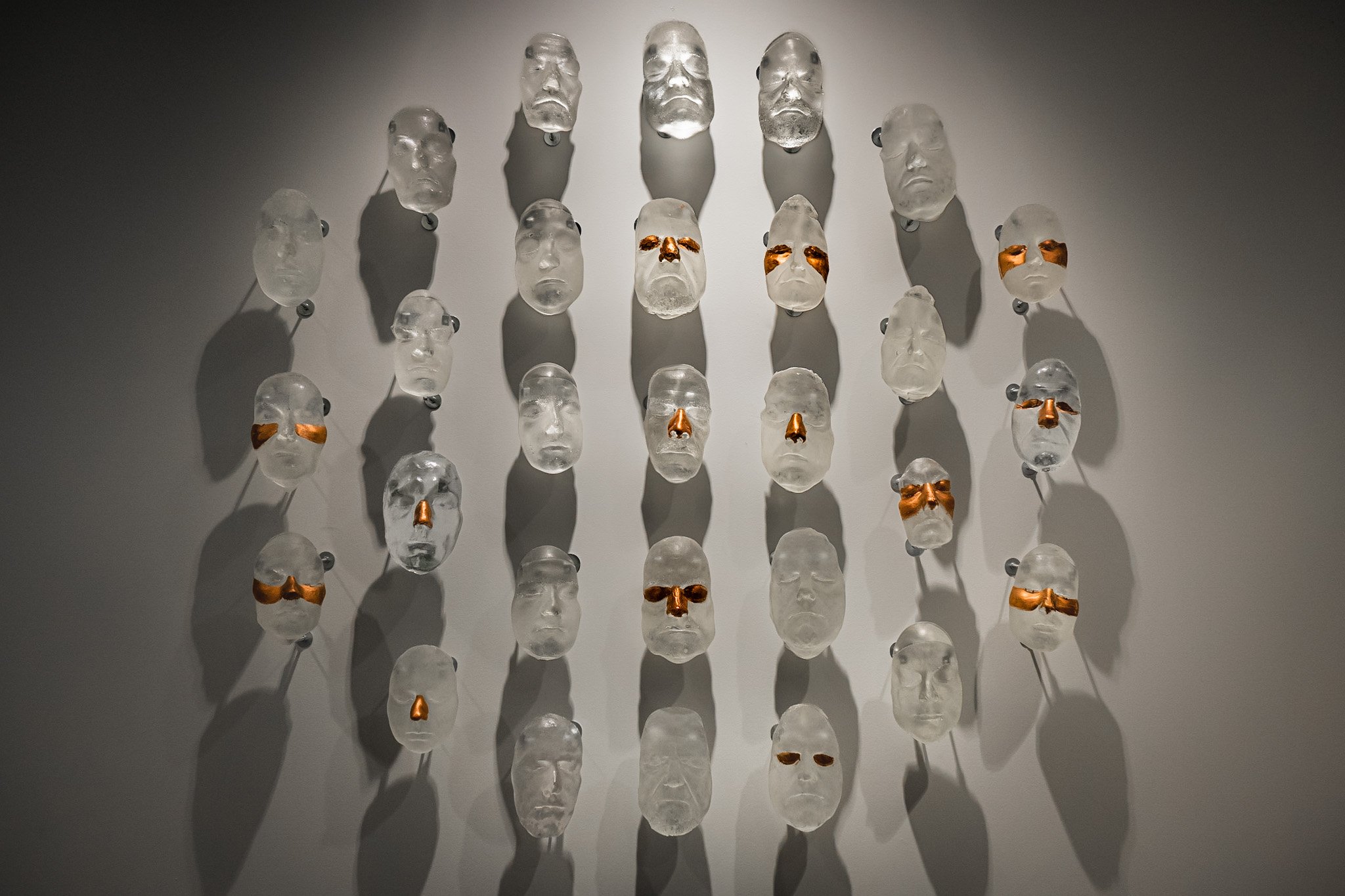

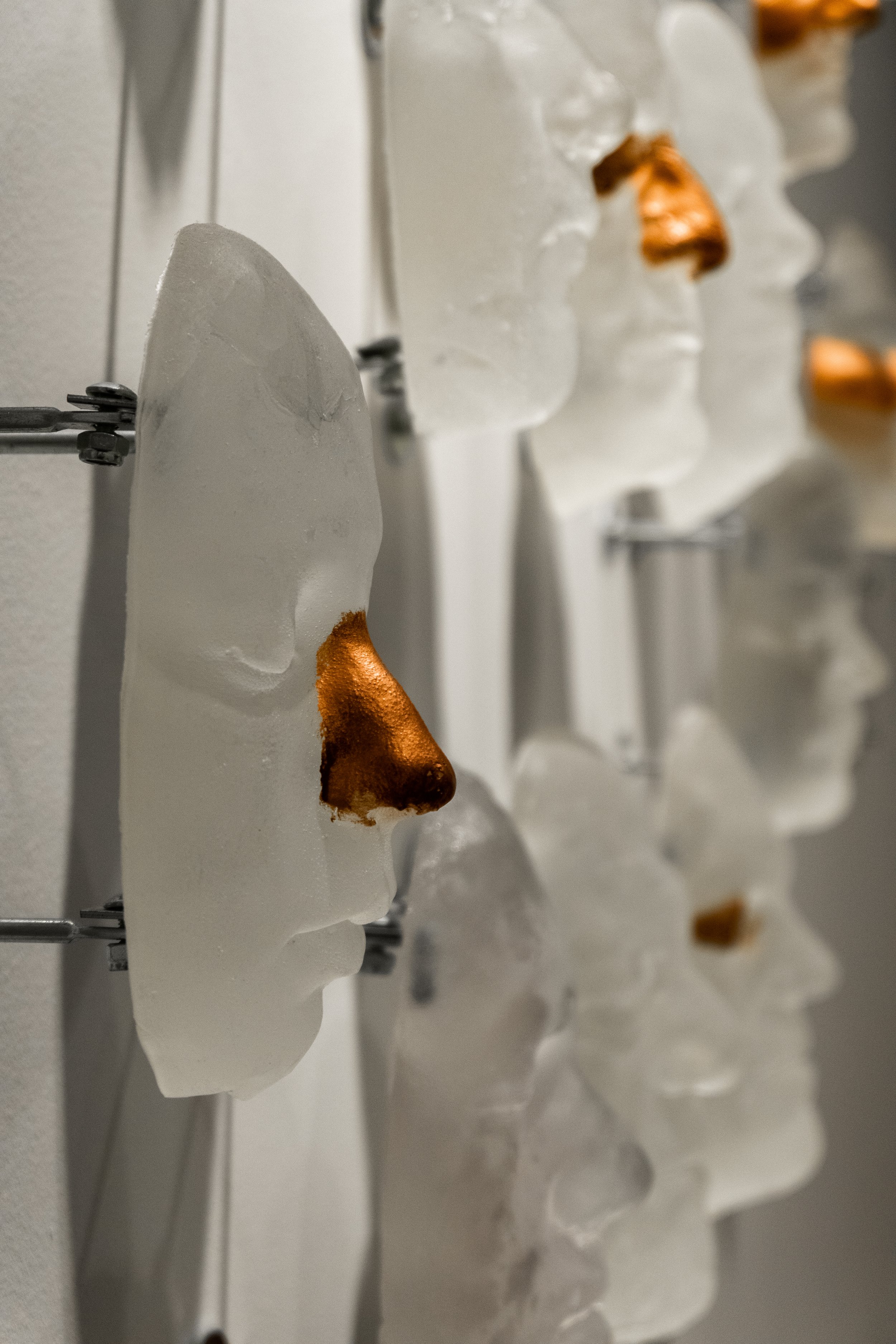

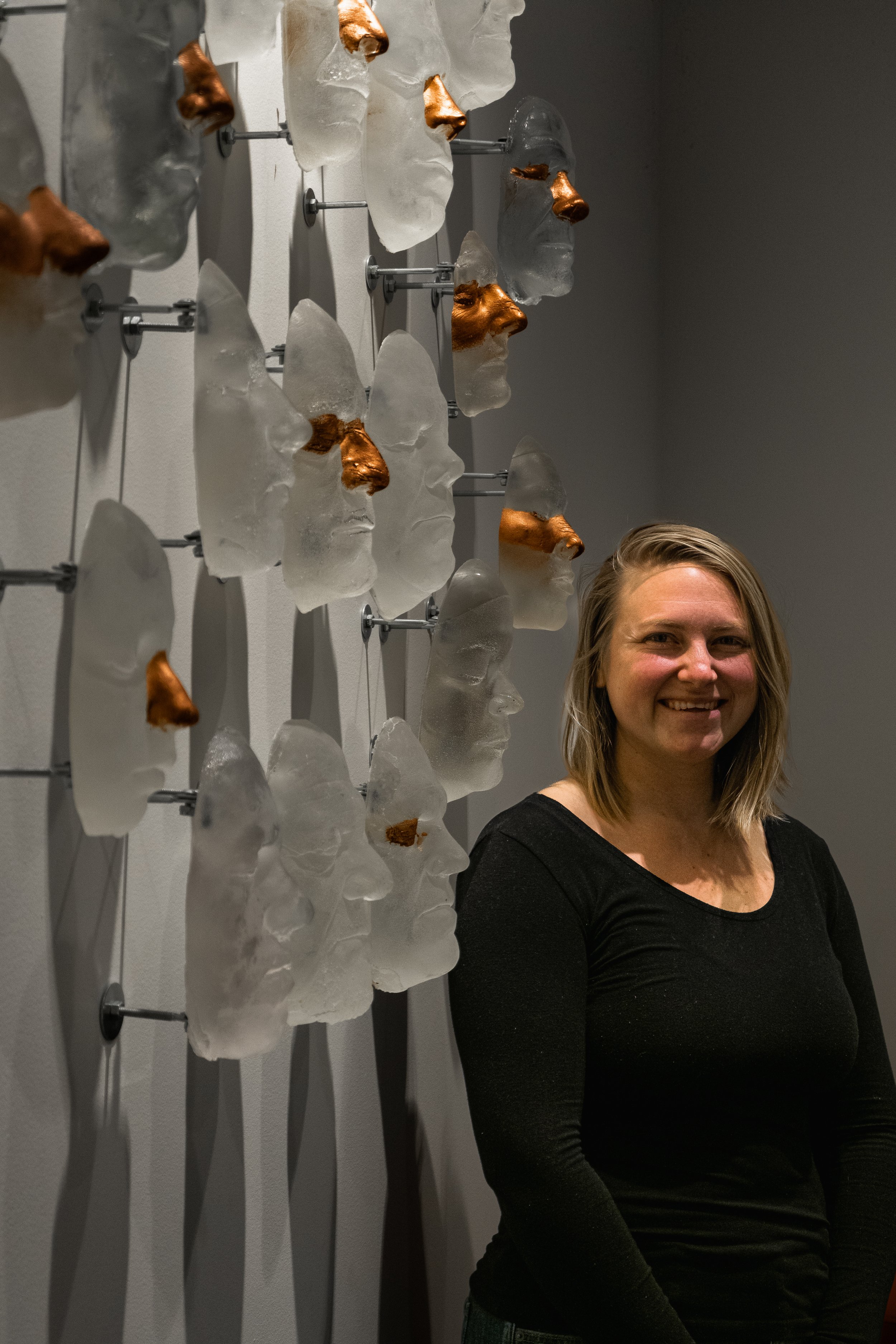

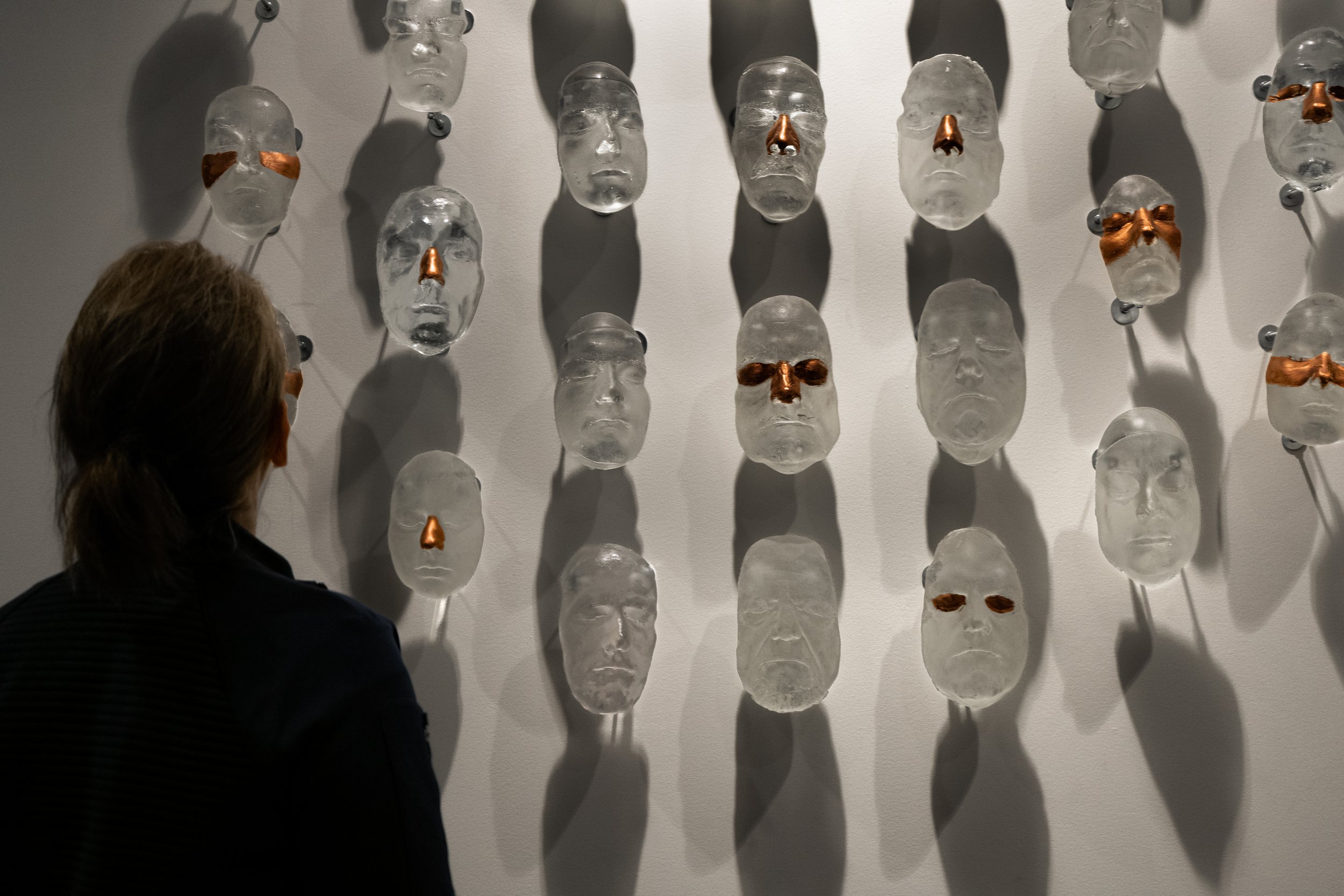



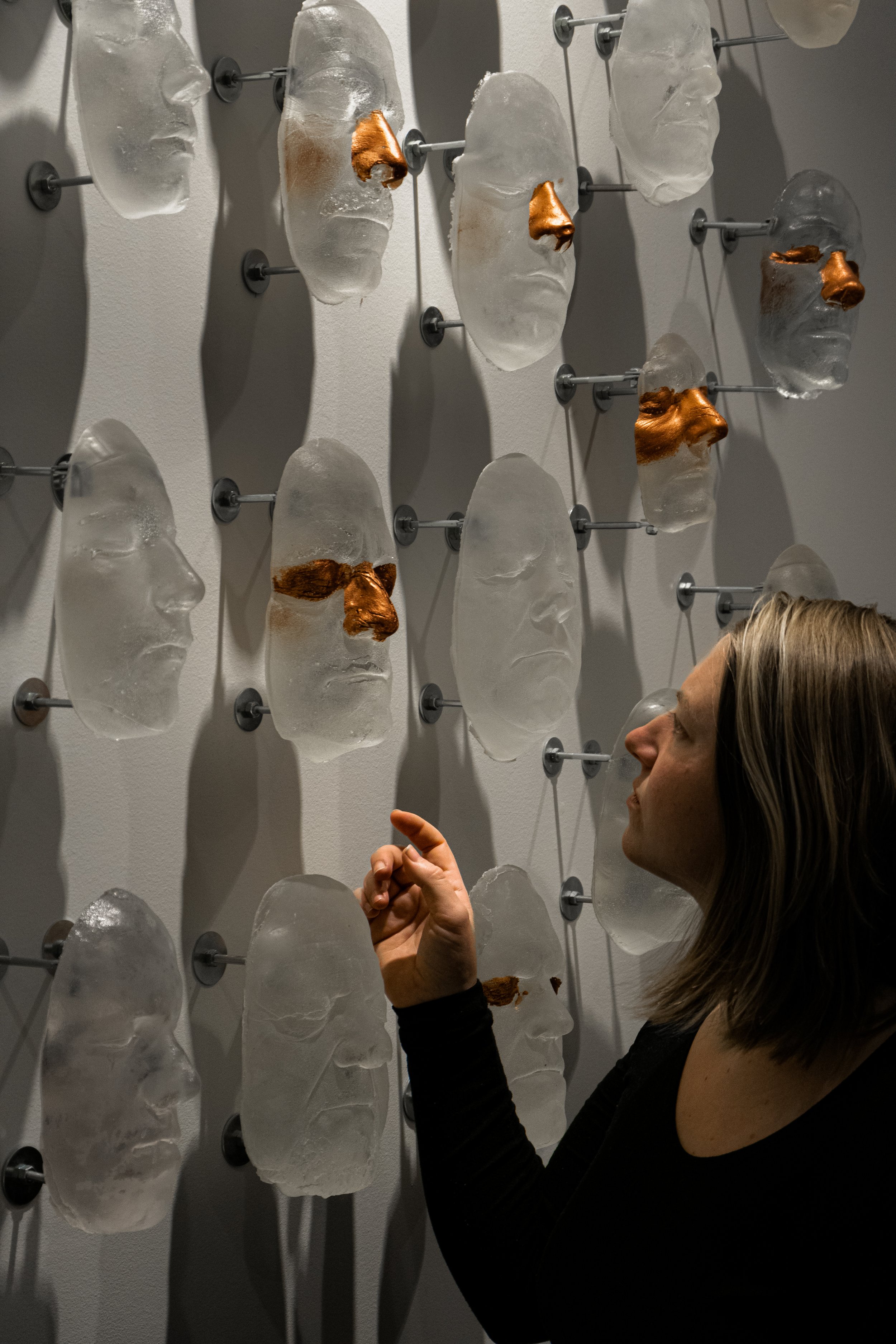



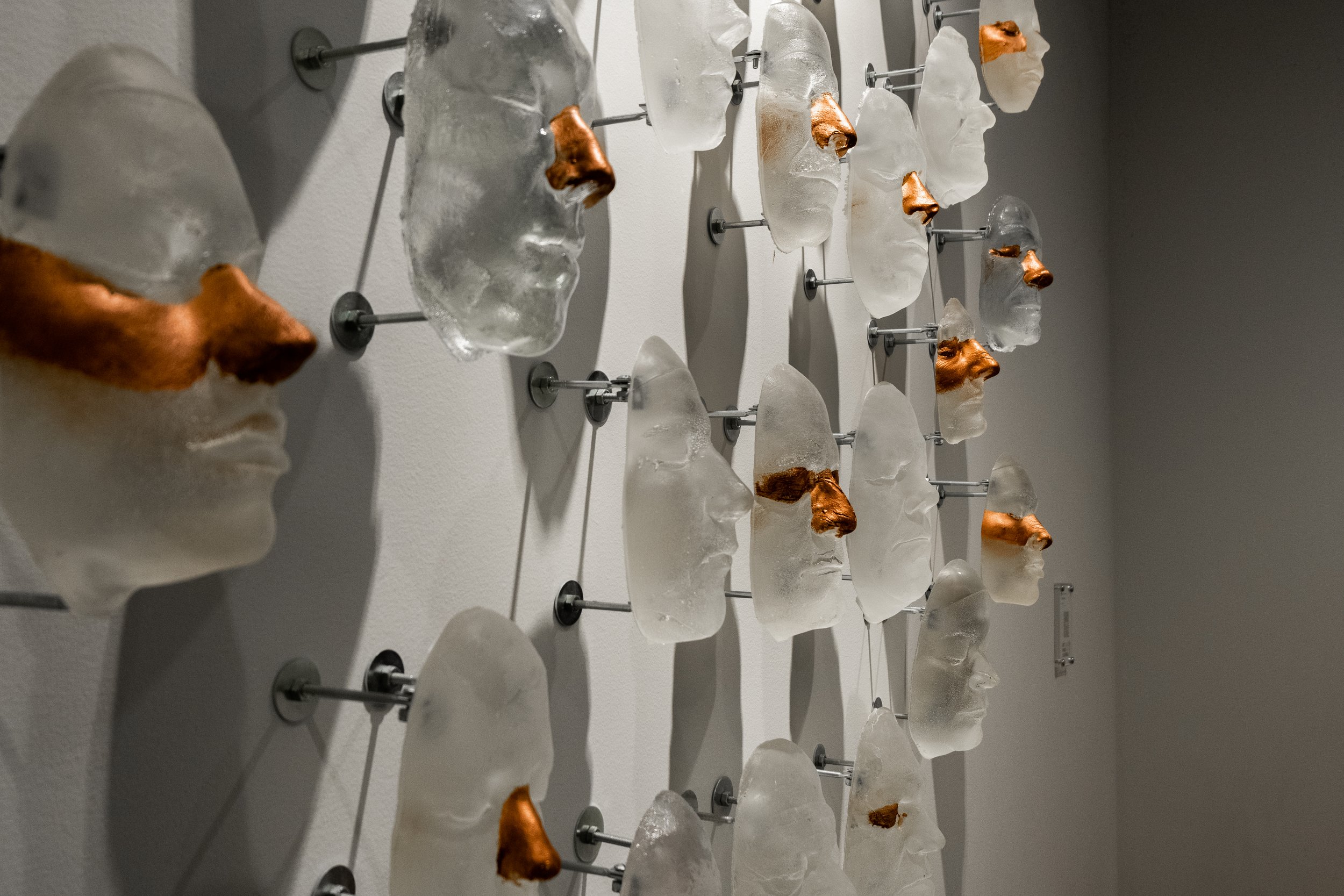

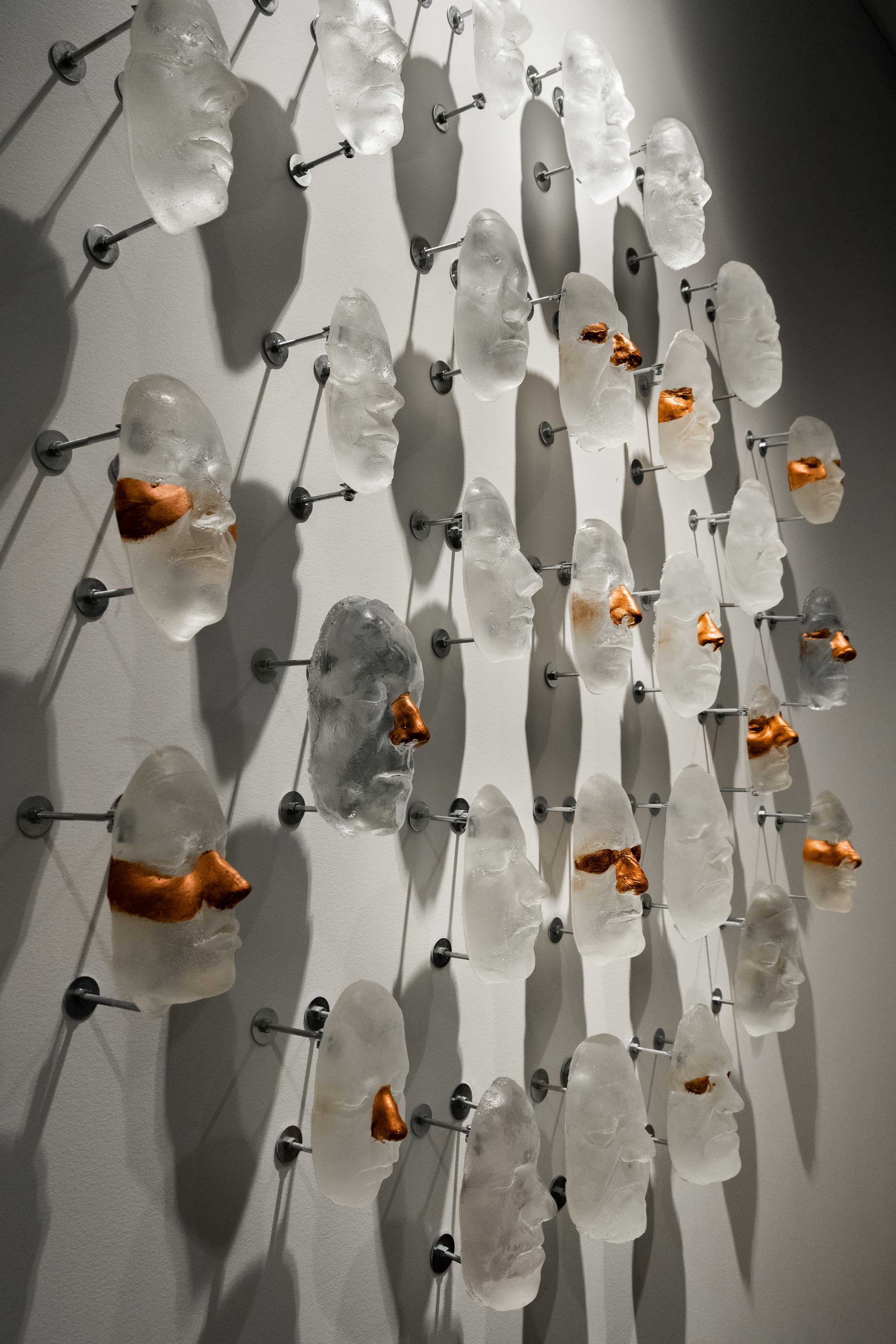

-
These blown glass masks perfectly fit a specific child’s face. Knowing that this mask could not fit perfectly to anyone else’s facial contours, the child’s parent wore the mask; when the adult put it on, common features were magnified and uncommon features were distorted, highlighting the differences in inherited features.
How it was made: This piece was made with blown glass. From the casts of the children’s faces a plaster replica was made. Glass was then blown over the plaster face. Once cooled, any excess glass was ground away leaving a glass mask


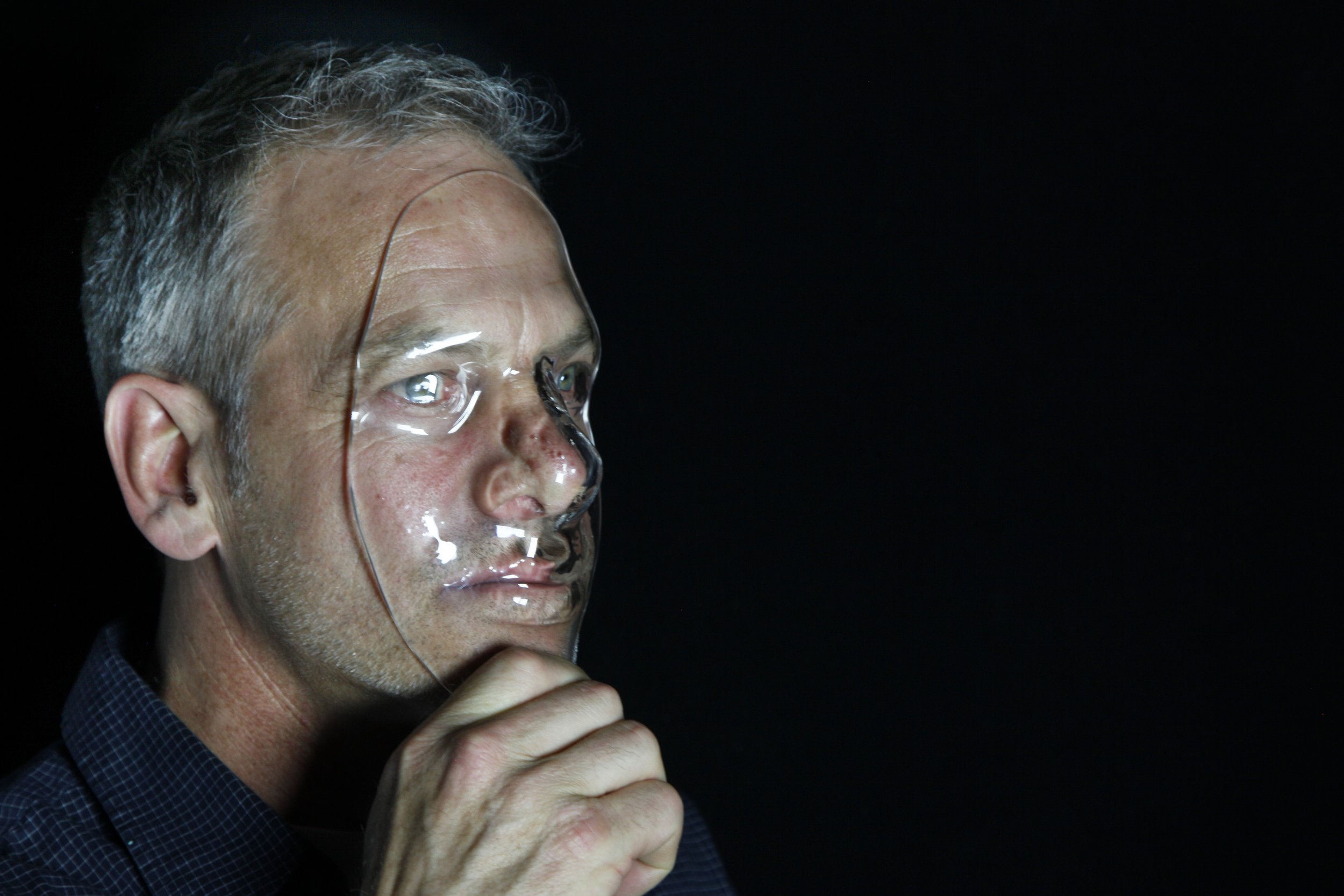





-
Here are some of my early photography works that inspired my love for the art of faces. This work includes samples from some of my first face focused experimental photography projects in 2011 to some of my last in 2015. These include the works Hanging Heads, Fading Faces, Eyes, and Similar.


